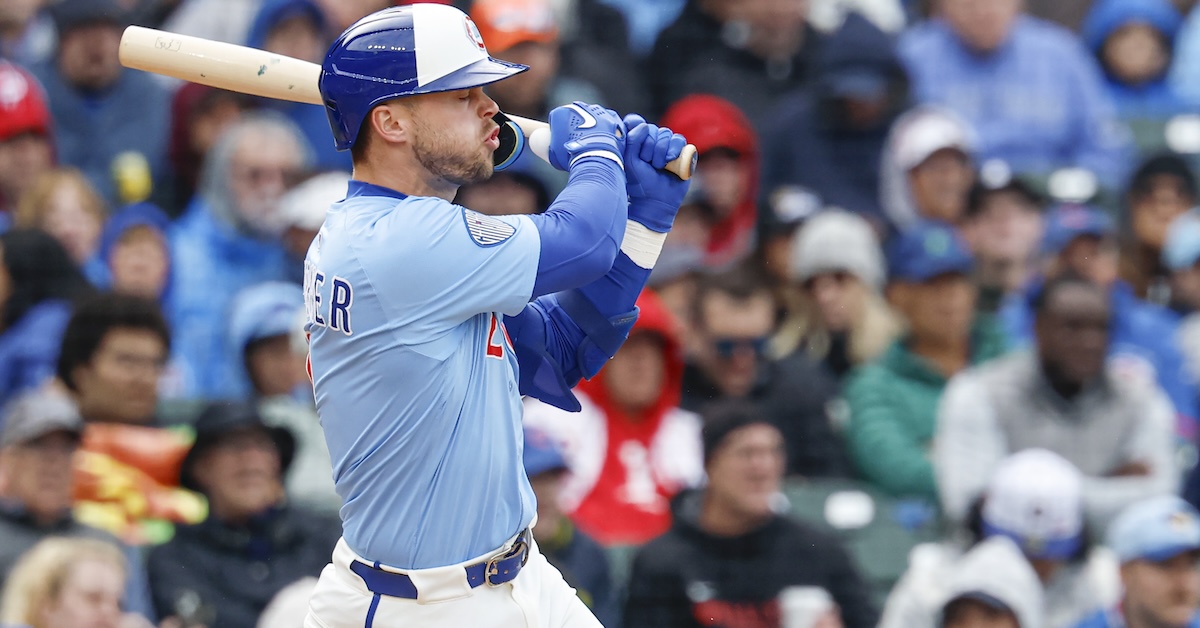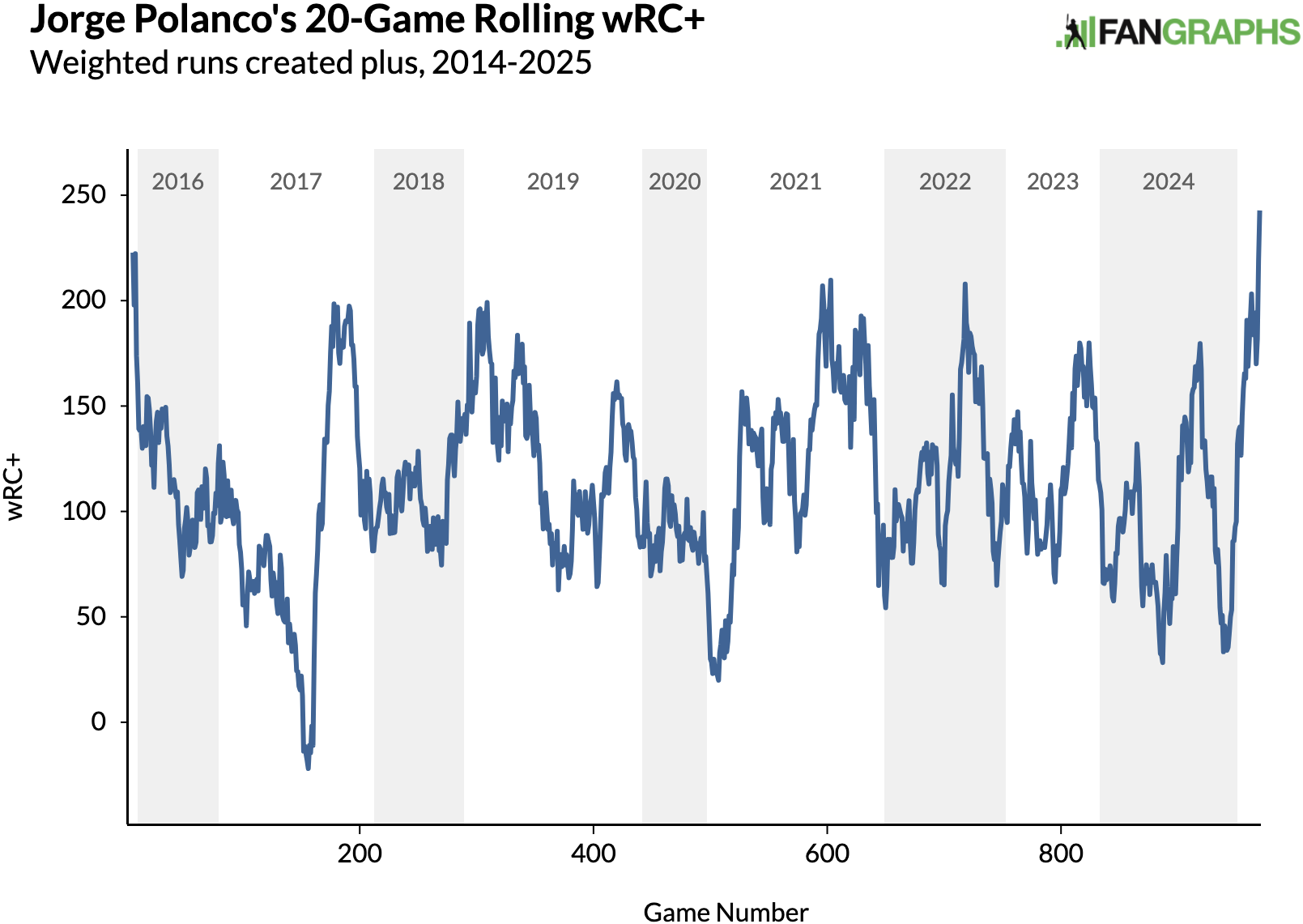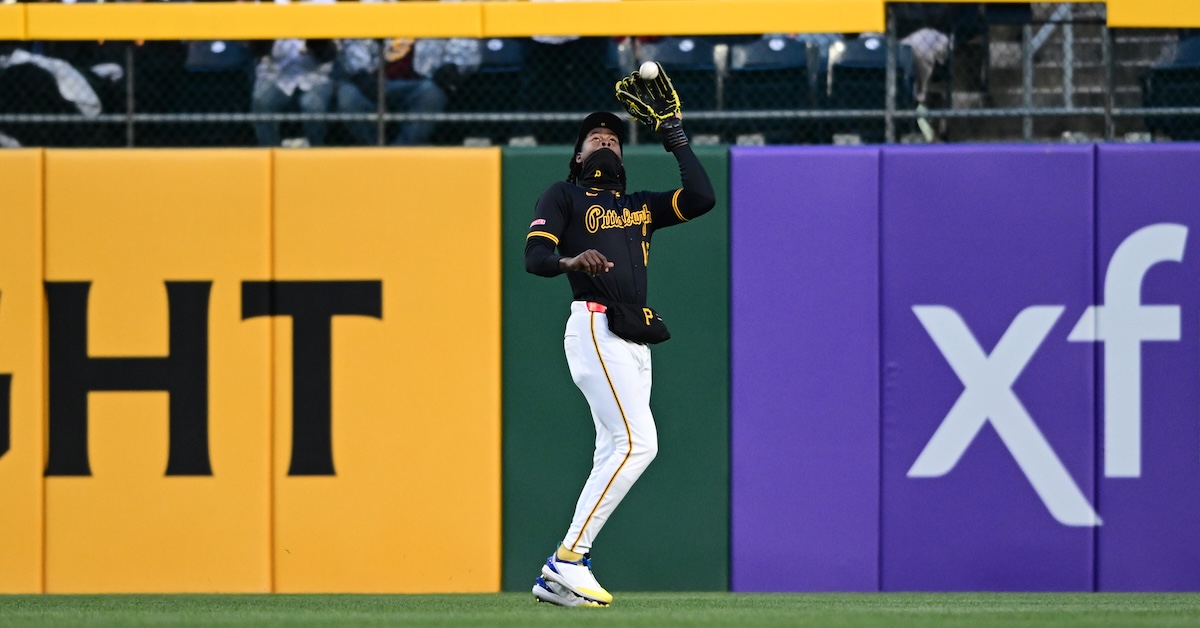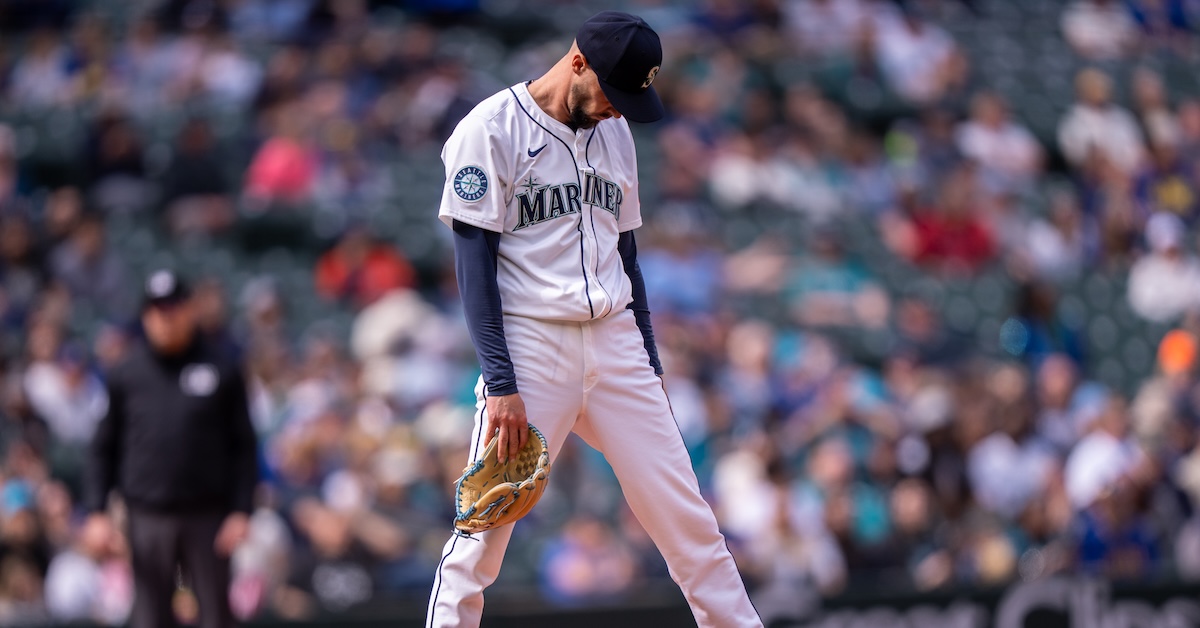James Wood Is Redefining the Minimum Acceptable Launch Angle
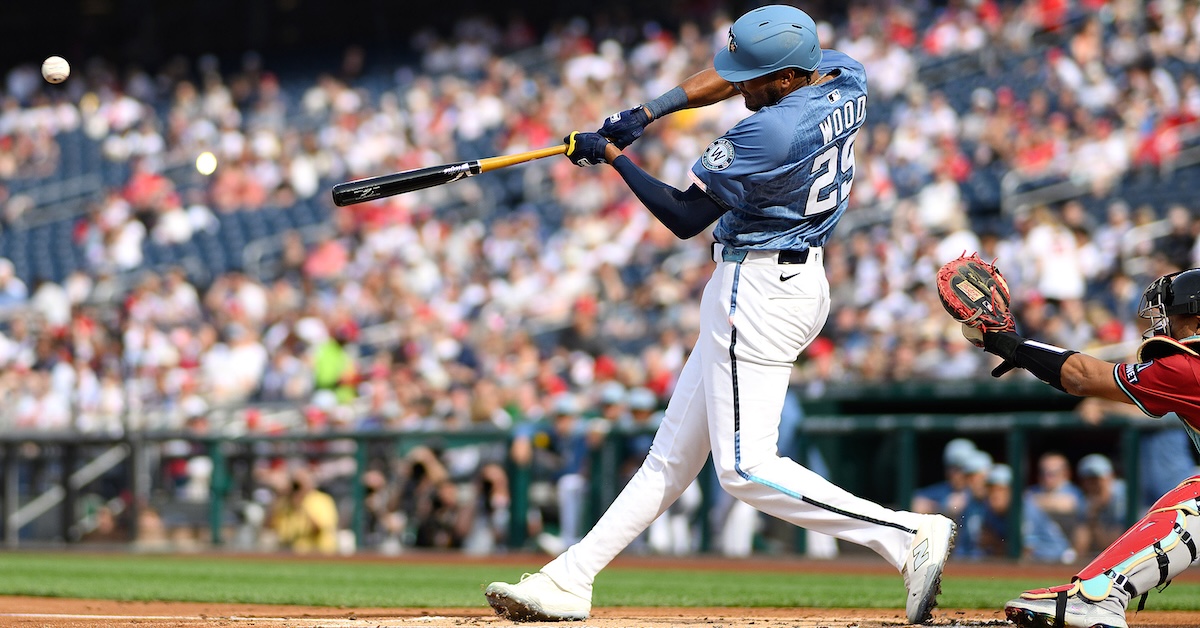
It can be difficult to contextualize just how unusual James Wood’s offensive profile really is. He hits the ball so very hard. He hits the ball in the air so very never. In his major league debut last season, the Nationals outfielder put 198 balls into play. Only five of them were fly balls to the pull side. Of the 403 batters who put at least 100 balls in play last season, that 2.5% rate put Wood in 385th place. As for those five pulled fly balls, they turned into two home runs, two doubles, and one very loud flyout.
That seems like a promising avenue for further investigation, doesn’t it? The kind of batted ball that turns into an extra-base hit at roughly the same rate that dentists recommend, you know, brushing? If Wood could figure out how to pull the ball in the air with any sort of regularity, he’d be one of the game’s great sluggers. And yet here we are a month into the season: Wood has not at all figured that out, and somehow he’s one of the game’s great sluggers anyway. He’s running a 153 wRC+ and a top-10 isolated slugging percentage because his prodigious power allows him to get the absolute most out of one of the least optimized profiles in the game. Read the rest of this entry »
